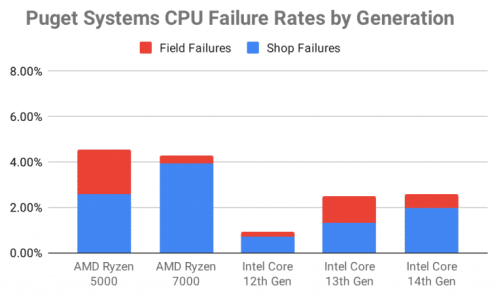The best connection method for your setup depends on the versions of DisplayPort (DP) and HDMI the monitor supports as well as the GPU being used. To find this information, look up your monitor’s and GPUs make and model on their respective manufacturer’s websites.
This list is intended to help you understand the maximum bandwidth capabilities of various DisplayPort and HDMI versions so you can make the best choice for your setup.
In most cases, DisplayPort is the preferred connection for PC gaming due to its higher bandwidth and secure locking connector, which HDMI lacks.
Display Interface Bandwidth Comparison
- 96 Gbps – HDMI 2.2
- 80 Gbps – DisplayPort 2.1 / 2.0
- 48 Gbps – HDMI 2.1
- 32 Gbps – DisplayPort 1.3 / 1.4
- 18 Gbps – HDMI 2.0
- 17 Gbps – DisplayPort 1.2
- 10 Gbps – DisplayPort 1.1
- 10 Gbps – HDMI 1.4
You should not just use whatever. You must use the highest-bandwidth connection supported by both your monitor and your graphics card to ensure you achieve the advertised resolution and refresh rate.






